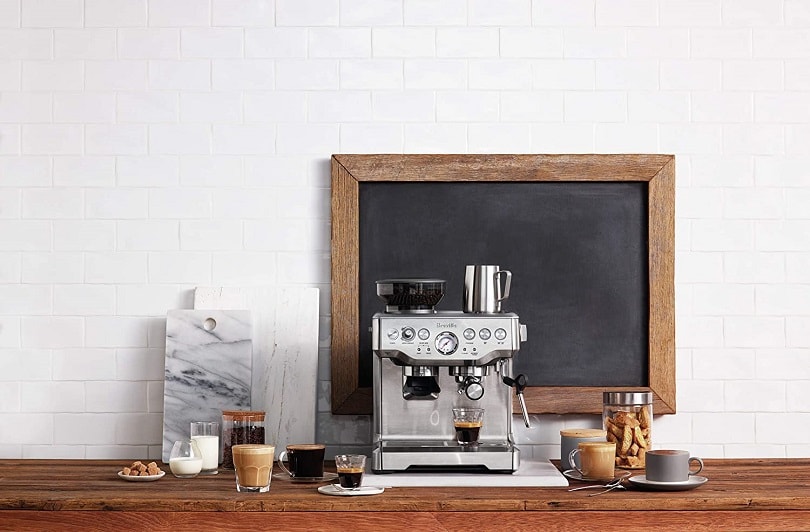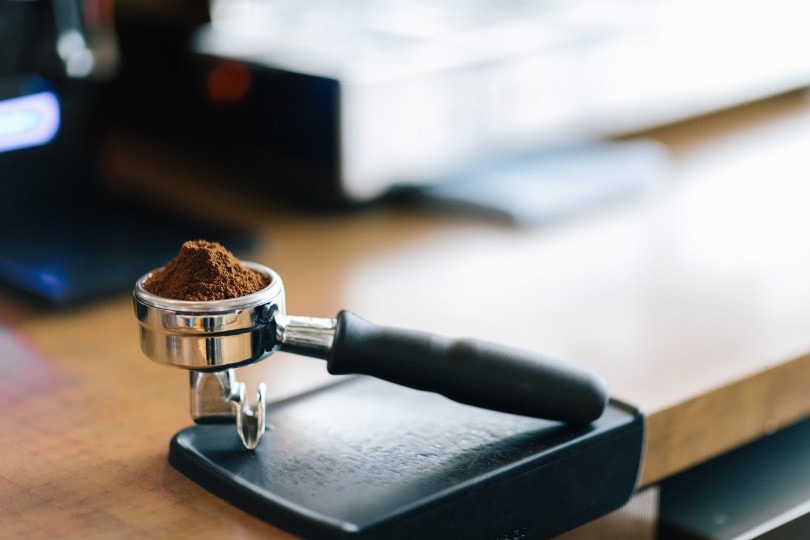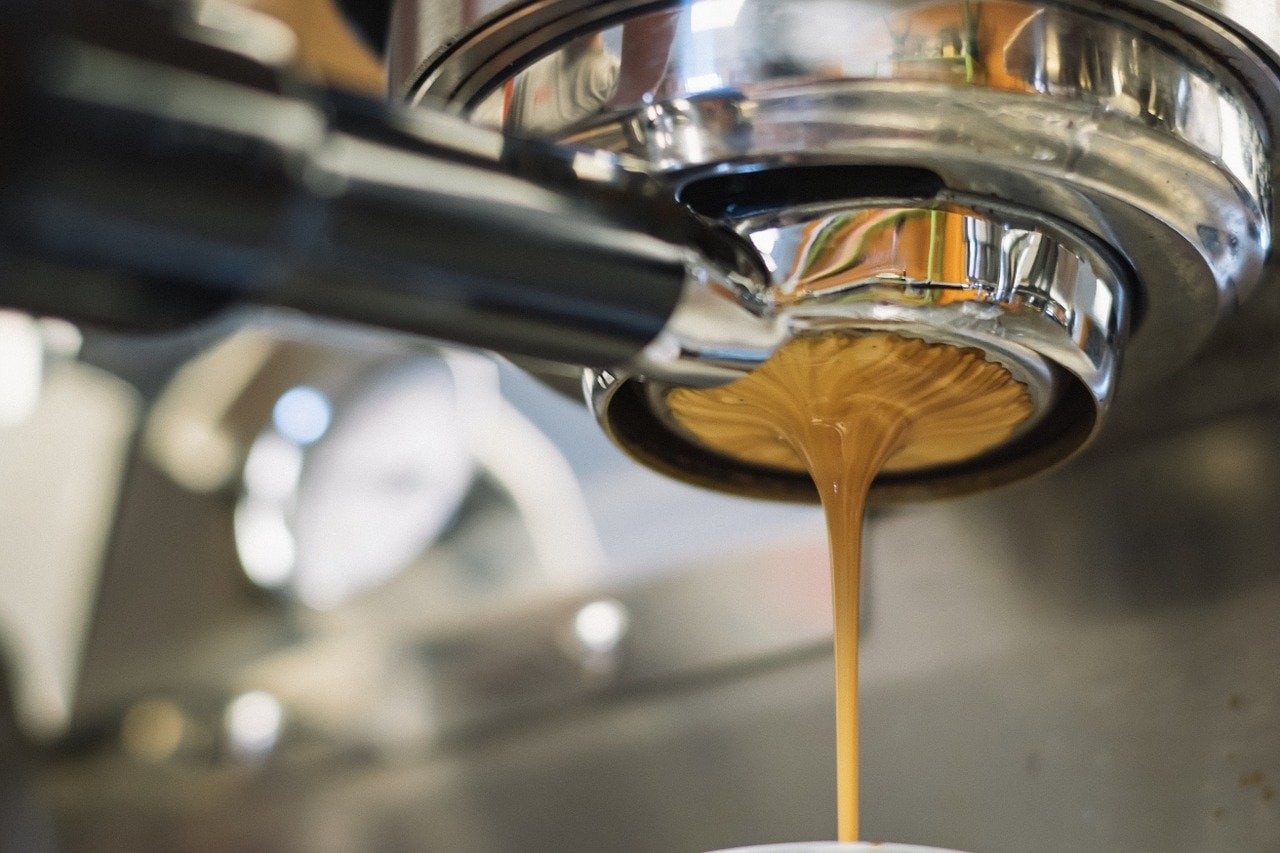
If you’re into coffee for, shall we say, medicinal purposes, chances are you’ve knocked back a shot of espresso at some point in your life? If you are used to getting your fix at a local café, making great espresso at home might seem like a pipe dream. But hold the phone! You can make great espresso at home that will satisfy your craving without selling a kidney to buy an expensive commercial espresso machine. The key is dialing in espresso in just the right way. Here’s a quick crash course on how to make killer espresso at home!

A Beginners Guide to Espresso Machines

First things first. You can’t make espresso without an espresso machine, right? Sorry, instant espresso granules don’t count in this case. While you won’t have to drop thousands of dollars on a good in-home machine, still be prepared to spend at least a few hundred. Yes, that’s a good chunk of change. But it will pay dividends in caffeination later on. We recommend the Breville Barista Express as it comes with everything you will need to get started including an espresso grinder.
Dialing in Espresso: Coffee Beans, Measuring, & Grinding

Firstly, it is an urban legend that you need dark, or espresso roasted beans to make good espresso. While dark roast does make good espresso due to the intense chocolaty and caramel notes, any coffee of your choice will do.
Second, make sure you take the time to dial in your espresso grind. A grind that is too coarse can leave your espresso tasting sour and salty. Too fine of a grind and over-extraction can lead to a bitter taste. Most burr coffee grinders have an espresso setting and degrees between settings. So, you can fine-tune it.
When it comes to measuring out your beans, consider using a scale to weigh them. Different beans have different weights and densities. It’s not the same as eyeballing a tablespoon. Roughly 18 grams of beans will make a great double shot of espresso.
Tamping Espresso

Once you’ve ground your beans, place the grounds into the portafilter unless you ground straight into the portafilter, barista-style. Then hold the portafilter level on a table. Take your tamper and push firmly, straight down, with a decent amount of pressure (but not too much). Add a little twist at the end to smooth out the surface of your grounds in the portafilter. Attach your portafilter to the brew head.
Espresso Extraction

This is the stage where all the work you’ve done will be tested. A good double shot of espresso will take roughly 25 seconds to pull. If you’ve ground too coarsely it will be less. Too fine of a grind and it will take longer for the water to pass through the grounds. One or two seconds above or below 25 seconds is considered acceptable, and some of it is a matter of preference.
Make sure your espresso has a body and crema. This light, foamy part of the espresso is so important. It allows you a soft and aerated first sip of your espresso. If your crema is too large with bubbles in it, your machine may be running cold. If it’s very thin and disappears quickly, it may be that your grind is too fine. You’ll know it’s too fine if it took a long time to begin pulling the first drops of your shot. Did you get lazy and grind your coffee for espresso at the grocery store? Are your beans freshly roasted? Do they even have a roast date on the bag? Freshly roasted and freshly ground coffee is essential for creating quality espresso, especially at home.
In the end, the taste test is the ultimate indicator of whether or not you did it right. It should not be a chore to take a sip.

Final Thoughts
Be sure that your water reservoir is clean and that you use filtered water. If it’s been a while since you’ve run the machine, empty the reservoir and refill it with cold filtered water. Also, in between pulling shots, run the machine through with hot water to clear any residue out from the previous extraction. This way you’ll start fresh every time. Your espresso should be unambiguously delicious. We hope this guide helped you learn about dialing in espresso!
Featured Image Credit: Jon Stanford, Unsplash















